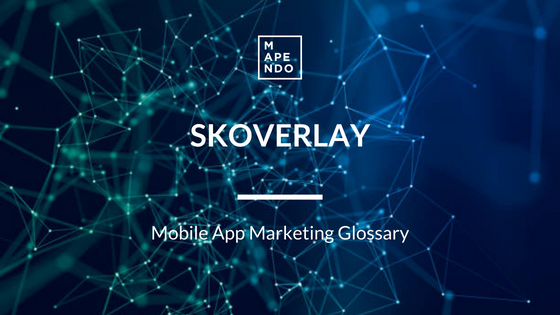In the context of app install campaigns, measurement is key. Deterministic attribution technology is the most accurate way to do it, but nowadays (after the launch of iOS14) more and more users hide their IDFA making deterministic attribution impossible. That’s where Probabilistic Attribution kicks in.
What is Probabilistic attribution?
The attribution technology is used to attribute actions in app install campaigns to a source that generated it.
First of all, there is a distinction that needs to be done between attribution models and attribution technology.
The attribution model is the strategy used by the attribution platform to identify the channel that generated an action. The most common models are:
- Last-touch attribution, where the conversions is attributed to the last click before the conversion action;
- Multi-touch attribution, that assigns varying weights to different traffic sources for an advertising interaction. Meaning that multiple channels share the responsibility for a conversion;
- View-through attribution, that implies a conversion generated after an impression and not a click.
The attribution technology, instead, is the piece of software that links the marketing channel with a conversion and in this context, we talk about deterministic attribution and probabilistic attribution.
The probabilistic attribution technology is an attribution model used in app install campaigns to allow advertisers to measure the results of their different marketing partners and monitor budgets, performance, etc. It is used to distinguish between organic and non-organic installs (which are therefore the result of app install campaigns).
Let’s see together how it works.
Probabilistic attribution technology is based on the collection of behavioral and other user data, so it relies on trying to match data with a user database. It is less accurate than deterministic attribution, but it is a viable alternative in the post-IDFA era where the vast majority of users hide their IDFA.
When users click on an ad, the data is shared with their MMP. If users download and open the app this information is also shared with the MMP. The MMP will then match these actions using multiple, non-deterministic, data points in order to attribute installs to a campaign.
Why is it important?
With Apple’s iOS14 ATT prompt and the increasing number of users who opt-out making their IDFA unavailable and deterministic attribution is not allowed anymore, probabilistic attribution is the only “old school” type of attribution that works.
Before probabilistic attribution, there was fingerprinting, a similar but less privacy-friendly technology that was used in app install campaigns. Fingerprinting uses more information than probabilistic attribution, was more accurate, but tracked users without them knowing it. It is therefore basically based on the 'fingerprint' of a device which is made up of information such as the hardware of the mobile phone or computer, the operating system, the IP address, the web browser, and also the battery percentage of a user's phone etc. But now, with iOS14 ATT, fingerprinting has a really limited space.
What you need to know about Probabilistic attribution
- The probabilistic attribution technology is a way of tracking and measuring marketing actions in app install campaigns;
- Unlike the deterministic attribution model, probabilistic attribution looks for clues and follows a set of probabilities that the install or any other action was driven by one or more campaigns;
- Probabilistic attribution technology does not rely on IDFA;
- In the so-called post-IDFA world, probabilistic attribution is key;
- Probabilistic attribution is completely respectful of users’ privacy, and this is crucial these days since users are increasingly demanding respect for their privacy and protection of their data;
- With iOS14 ATT, also fingerprinting has a really limited space and probabilistic attribution is the solution (together with SKAdNetwork);
- Probabilistic attribution technology can be used in both CPI and CPA campaigns.




















